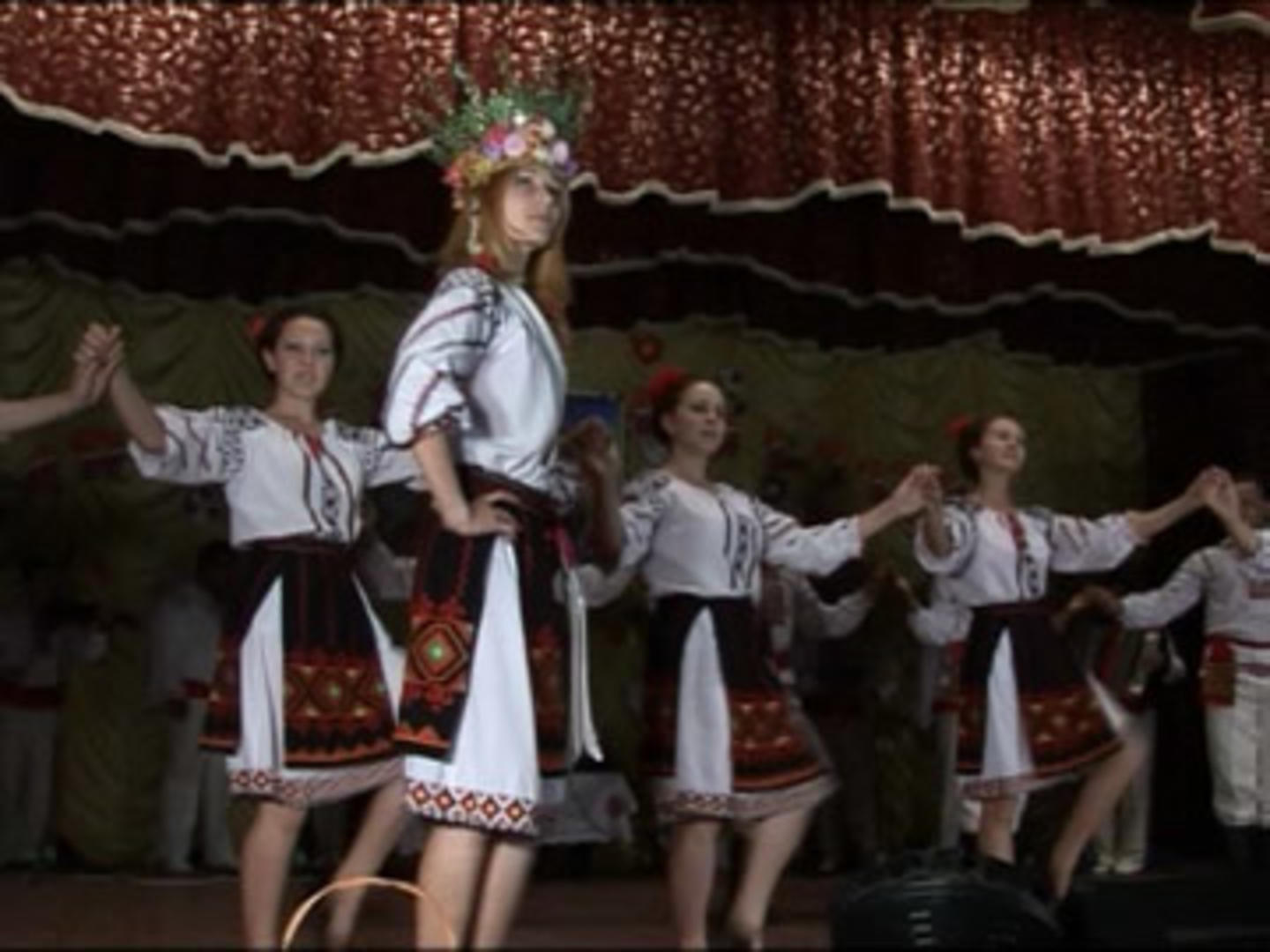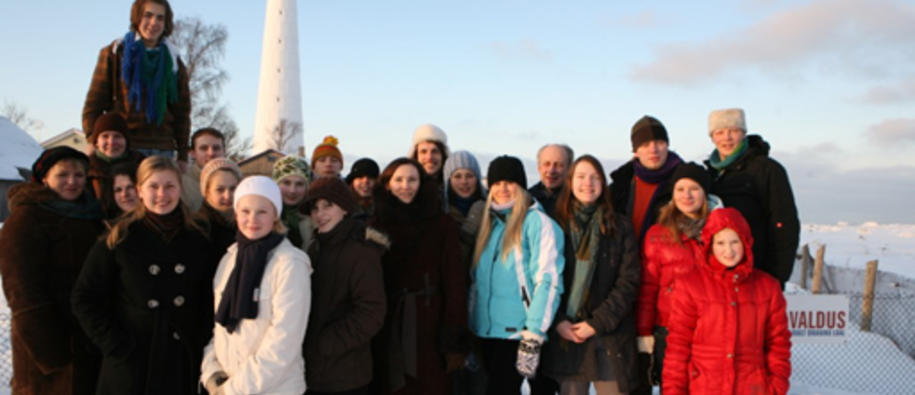Strategically located by the Baltic Sea, Latvia has a long history of contacts and interactions with its neighbouring countries. Historically, the Baltic countries have had sizeable Polish, Russian, Jewish and German minorities. Today, Latvia's ethnic and cultural diversity is closely connected to demographic fluctuations and changes that came as a result of the two World Wars and labour migration during Latvia's years as part of the Soviet Union (1944-1991).
According to official figures, roughly 40% of Latvia's present-day population is made up of ethnic minorities. The Russian minority population accounts for 27.8% of the population, whereas roughly 13% are made up by other minorities such as Belarusians, Ukrainians, Poles, Lithuanians, Jews, Roma, Germans, Estonians and Livonians.
NGOs as driving forces of integration
Iceland, Liechtenstein and Norway support 32 smaller-scale projects strengthening ethnic minority NGOs in Latvia. Ethnic minority NGOs play an important role in developing and implementing integration activities and initiatives. They are also natural meeting places for members of ethnic minority communities, and act as resource centres through which minorities can express their identity and traditions.
Typical projects supported under the fund deal with renovating premises belonging to ethnic minority NGOs and capacity-building initiatives for NGO staff. Support is also provided to cultural activities such as workshops, concerts and dance lessons, and to translation of works of literature in minority languages into Latvian and vice versa.
The fund also supports initiatives and projects to inform Latvian society at large about ethnic integration issues and the culture, traditions and religions of ethnic minority groups, through producing books, articles, TV programmes and other media material. 6 schools are carrying out projects promoting cooperation and increased contacts between students of different ethnic origins through joint projects, summer camps and excursions.
Project examples
Among the supported projects is the initiative of the Georgian Samšoblo Association to promote civic engagement and political participation among members of Latvia's Georgian minority. The association organises language classes in both Georgian and Latvian for adults and children, in addition to organising traditional dancing classes.
The Liv Foundation has been awarded a €20 000 grant to carry out a project to educate Liv youngsters about maintaining their language and traditions (pictured below). The Livs (or Livonians) are indigenous inhabitants of north-western Latvia and south-western Estonia. Contrary to most other European peoples, the Livs speak a separate Finno-Ugric language which is not Indo-European. The total Liv population in Latvia is estimated to be around 200 persons.
Latvian NGO Fund.
Photos: The Moldavian Culture Centre "Dačija" and the Liv Foundation.

